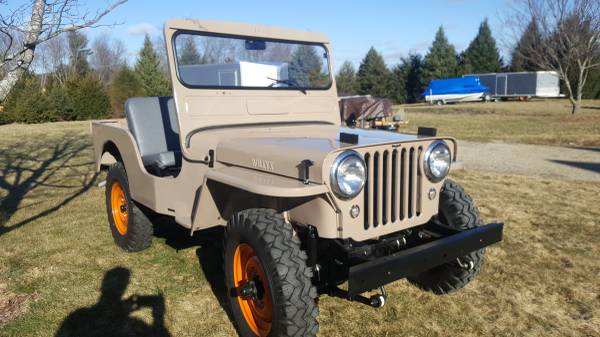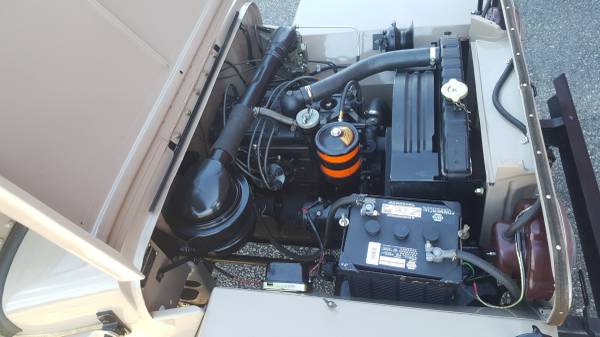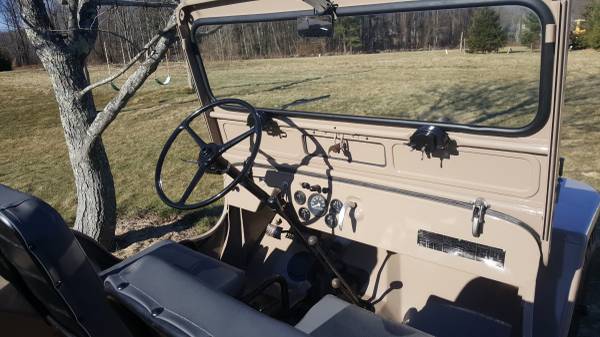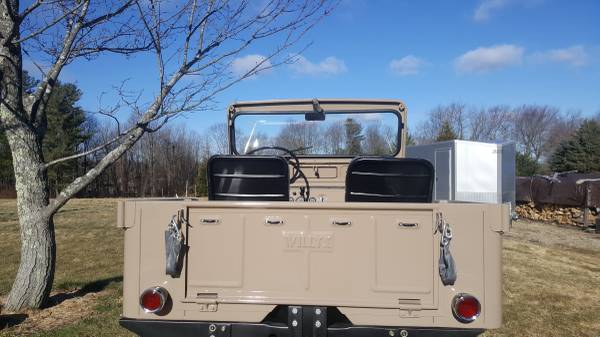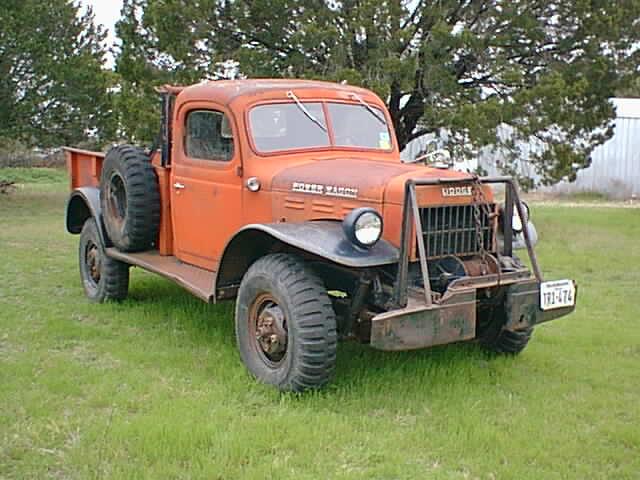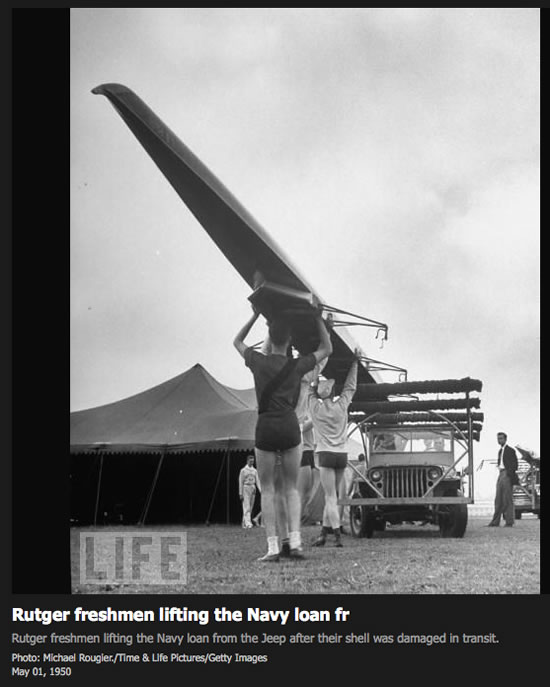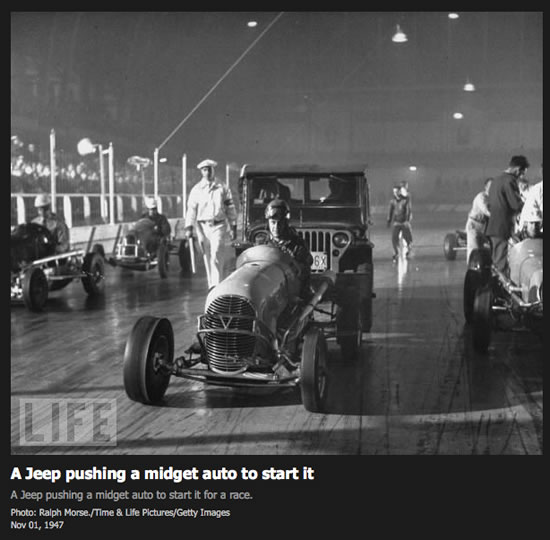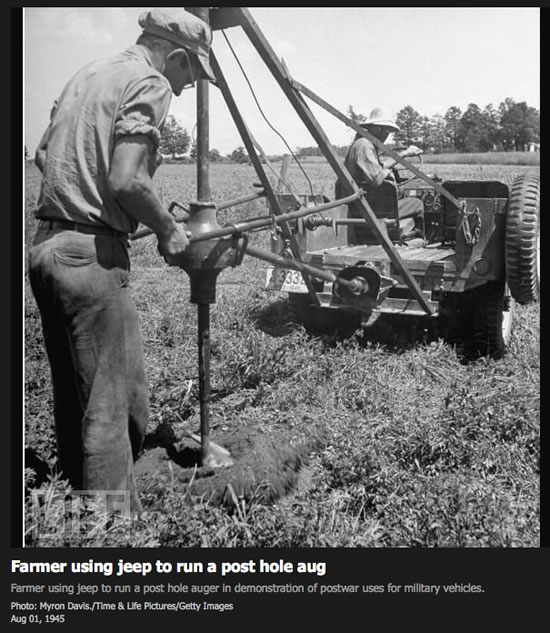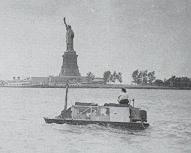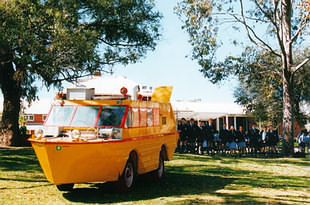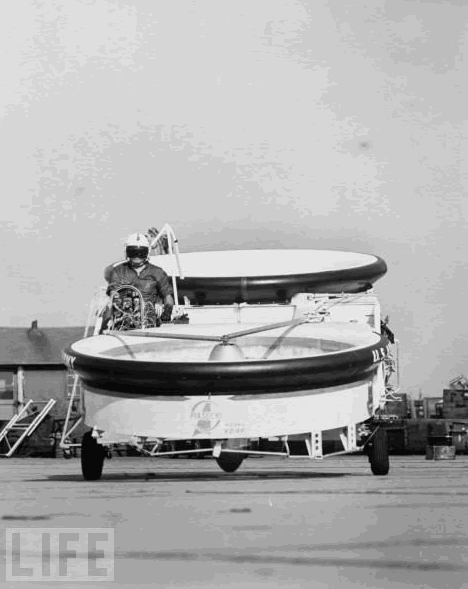(This is an updated of a 2009 post, which was a very condensed history of the Glidden Tours.)
I ran across an early video from a 1905 Glidden Tour. It was fun to watch, but the information claimed that 1905 was the first Glidden Tour. That confused me, because I’d also seen the 1904 tour from Boston to St. Louis (World’s Fair) listed as the first Glidden Tour. In fact, that was only the “First Annual Tour”. Technically, the first Glidden Tour didn’t take place until, as stated by the movie, 1905. Which you consider first, their purposes were all designed to call attention to the poor roads and confusing interstate issues of the time. Here’s what that 1905 First Glidden Tour looked like (click here or on image to see video)
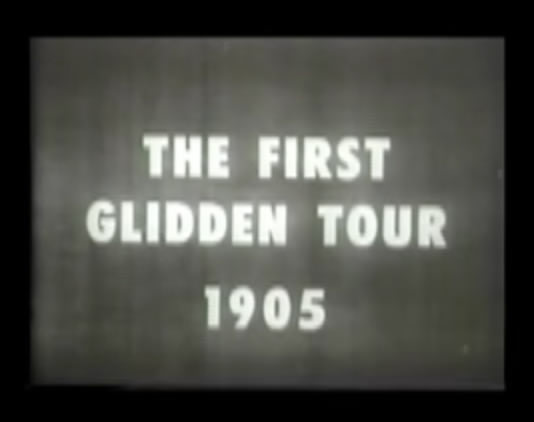
THE ROADS PROBLEM:
The AAA website describes the turn of the century road situation:
“… There were no paved highways between cities and no maps of existing wagon roads. Automobiles were not dependable for trips of any length,and motoring laws and regulations reflected the general public’s attitude that automobiles were toys of the idle rich and should be severely restricted,if not totally banned. Fortunately, there were small numbers of those who owned and believed in the automobile. Sharing a common interest, they began forming motor clubs to combat the mounting number of unjust motoring laws and regulations being enacted against them and their automobiles and to fight for better roads….”
EARLY SPEED TRAPS:
Early automobile owners faced forgotten challenges. For example, there was no reciprocity between states, so if you planned to drive your new horseless carriage over state lines, you had to have registered and paid a state tax in both states. Here’s more from the Short History of Highway and Vehicle Regulations:
“…. Actually, the turn of the century did not mark the beginning of political regulation of conveyances. Local and municipal governments were already regulating and licensing bicycle usage within their jurisdictions during the 1880s and 1890s. (Mason 42) For example, the city of Chicago had a “Wheel Tax” ordinance in effect in 1898, which required an annual license fee from all wagons, carriages, coaches, buggies, and bicycles. The year 1901 marked the first attempt at levying a registration fee specifically on autos (New York State-annual revenue for the year -was $954), and at the same time the first law regulating the speed of an automobile was passed in Connecticut (12 mph in the country, 8 mph in the cities). (Labatut 95, 99) By 1907, 31 States required registration of men-or vehicles, the fees vary ing from 25 cents to $25 per vehicle. (Dearing 250) The first traffic code in the world was adopted by New York City in 1903. (Labatut 454) Many “municipalities had their own ordinances regulating speeds, parking, the use of bells, horns and gongs, the making of unnecessary exhaust noise and the emission of noxious gas, smoke or steam, and they imposed fines for violations. These regulations varied widely from city to city and, especially in the smaller municipalities were often enforced in a discriminatory way.” (AMER. HWYS. 57, 60) “Speed traps” were often operated by local police officers in rural communities “with fines going into the local treasury or the pockets of the police, justice, or magistrate. The speed trap racket was so bad in New York prior to 1910, that the Legislature passed an act that year requiring all fines imposed for violations of the motor vehicle laws to be turned over to the State treasurer. This reduced the fines collected from motorists to a mere trickle….”
THE GLIDDEN TOURS
To address and call attention to the issues described above, and more, in 1902 the AAA was formed in Chicago by nine automobile clubs. In 1904 the AAA organized an automobile rally that started in New York, went north to Boston, and ended 18 days and 1,350 miles later in St. Louis at the 1904 St. Louis World’s Fair. Here’s a 1904 photo from that first tour:
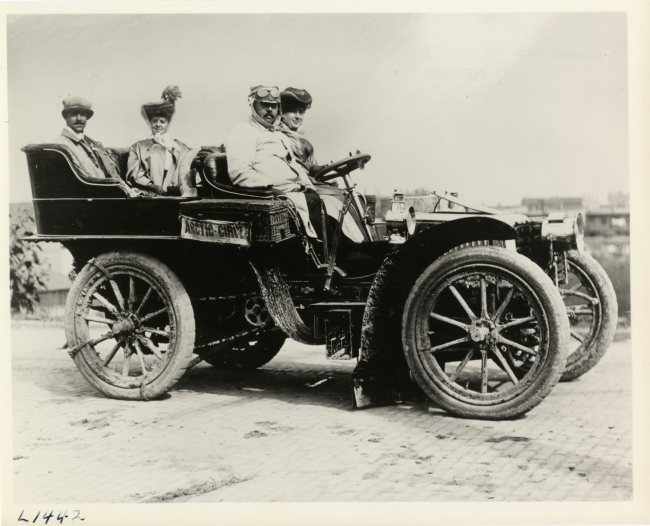
View of Mr. and Mrs. Charles Glidden and motorists posing in Napier car during the 1904 St. Louis Tour. The tour covered a route across five states from New York, New York to St. Louis, Missouri. Handwritten on back: “Tours–St. Louis Tour, 1904.” – See more at: http://digitalcollections.detroitpubliclibrary.org/islandora/object/islandora%3A198273#sthash.gG76AREM.dpuf
THE GREAT ARROW & PIERCE ARROW:
The company that became Pierce Arrow used the Glidden Tours to demonstrate how well its cars performed. Here’s a list of accomplishments from The Old Motor website.
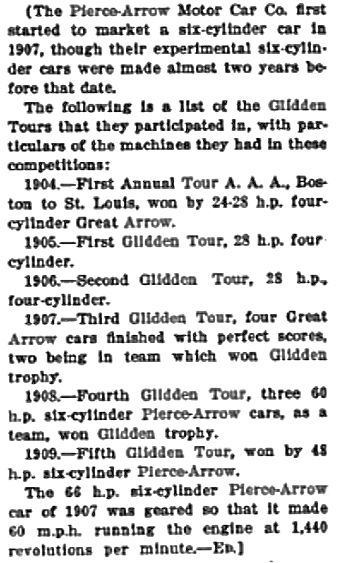
These facts are particularly interesting to me as my great grandfather had a Great Arrow delivered to him in Salt Lake in 1905, the first one in the valley. Here’s a photo and article about it.
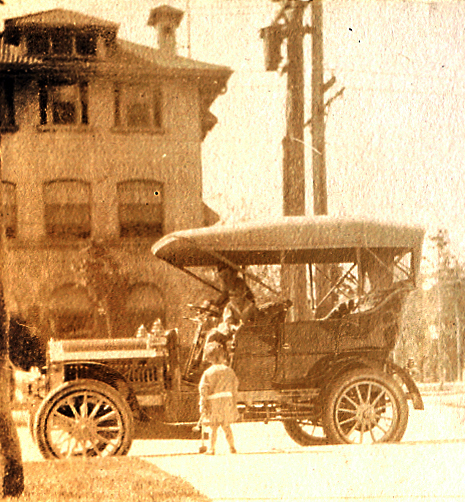
1905 Salt Lake City. Fritz Eilers (my grandfather) is in the passenger seat. Farny Eilers is standing with his back to the camera. Their driver’s name was Grady. . . . and, NOPE, the car is no longer in the family :-(.
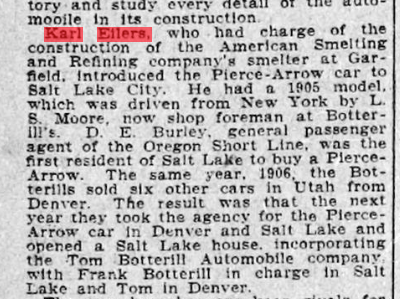
1909 GLIDDEN TOUR:
The Glidden Tours were popular for a short time. The photo below shows a huge gathering of automobiles. Below that is a map of their tour.

http://www.loc.gov/pictures/item/2007663496/ Library of Congress. Photo Circa 1909.
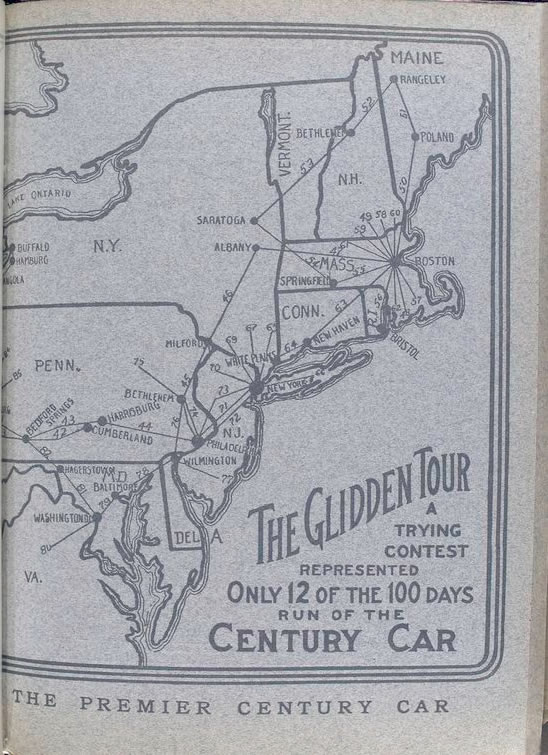
Continue reading →
[fb_button]

